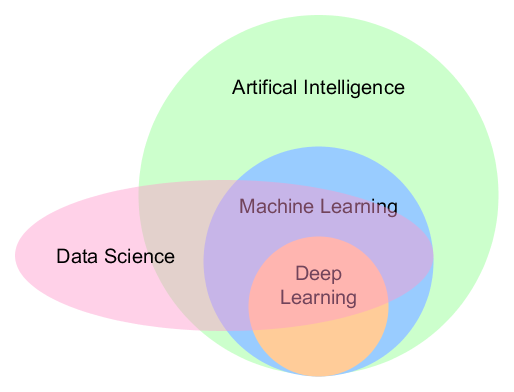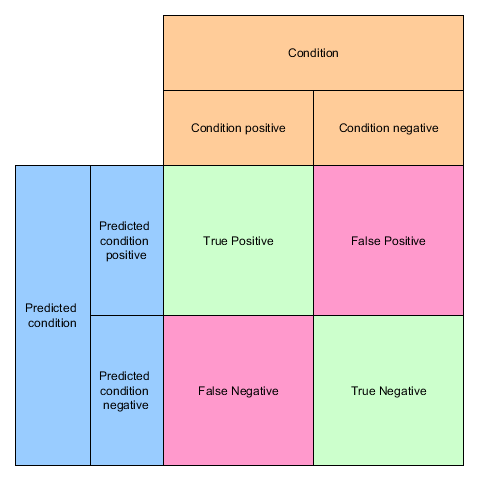#AFOL – Adult Fan of LEGO
The Dark Ages The dark ages are the years between stopping playing with LEGO as a child and starting again to play again as an adult. In my case more than 20 years. Getting back to it When my older daughter turned 4, we decided to give her her first LEGO as a birthday present…






